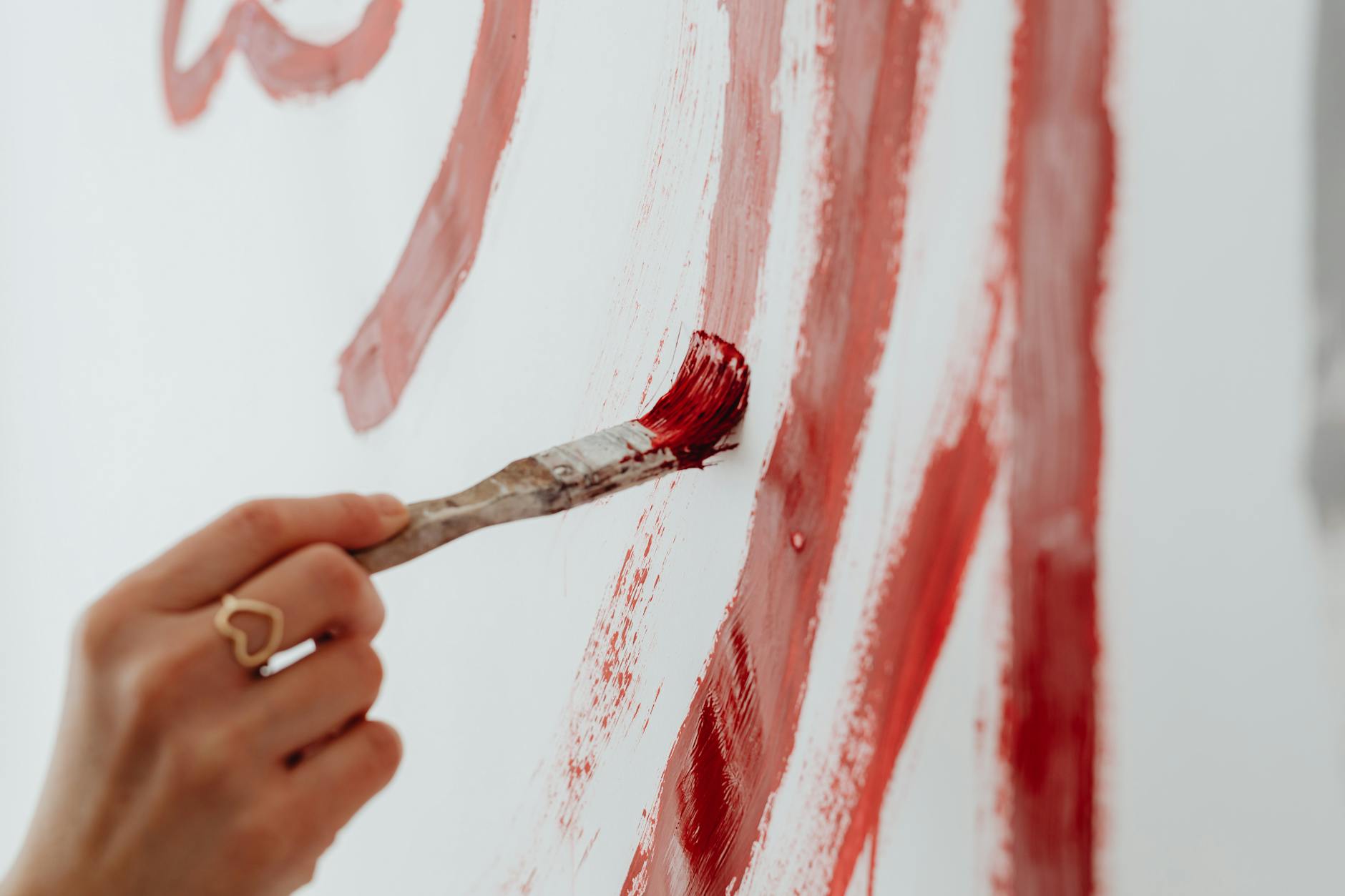What is distraction minimization tactics?

What is distraction minimization tactics?
In our fast-paced world, distractions lurk around every corner, vying for our attention and pulling us away from our important tasks. Distraction minimization tactics are essential strategies designed to help individuals enhance their focus and productivity. By learning to effectively minimize distractions, we can channel our energy into what truly matters, ultimately achieving our personal and professional goals.
Understanding Distraction Minimization Tactics
Distraction minimization tactics refer to a range of methods and practices aimed at reducing interruptions and improving focus. These tactics serve a vital purpose: they help individuals reclaim their time and attention, allowing them to become more productive. The goal isn’t just about getting more done; it’s about ensuring that the work we do is meaningful and effective.
The Psychology Behind Distraction
Distractions can significantly impact our cognitive functions. Research shows that even minor interruptions can derail our concentration, leading to longer task completion times and increased error rates. When we lose focus, our brains take time to recalibrate, which can result in frustrating delays and diminished work quality. According to a study published in Psychological Science, these interruptions can degrade our overall work quality, highlighting the importance of distraction minimization.
Common Distractions in Daily Life
Distractions come in many forms, whether they’re external or internal. Common distractions include:
- Digital distractions: Notifications from emails, texts, and social media can be overwhelming.
- Environmental distractions: Noisy workplaces, cluttered spaces, and people talking nearby can disrupt concentration.
- Internal distractions: Wandering thoughts, stress, or fatigue can all pull your mind away from the task at hand.
Recognizing these distractions is the first step in combating them. Understanding where interruptions come from can empower you to implement effective distraction minimization tactics.
Effective Distraction Minimization Strategies
Now that we’ve discussed what distractions are and their effects on productivity, let’s explore practical tactics to minimize them effectively.
Creating a Focused Environment
A conducive workspace is crucial for maintaining focus. Here are some tips to enhance your environment:
- Declutter your space: A tidy workspace reduces visual distractions. Remove items that aren’t essential for your current task.
- Control noise levels: Use noise-canceling headphones or play white noise to block out disruptive sounds. Consider studying in an empty room for maximum concentration, as suggested in MindTools.
- Personalize your space: Decorate your workspace with items that motivate you, whether it’s artwork or plants, to create a positive atmosphere.

Photo by Kaboompics.com
Time Blocking Techniques
Time blocking is an effective strategy for allocating specific periods for focused work. Here’s how to implement it:
- Schedule your day: Break your work into blocks of time dedicated to specific tasks. For example, set aside two hours for deep work without interruptions.
- Prioritize tasks: Tackle the most challenging tasks first when your energy is highest.
- Include breaks: Don’t forget to schedule short breaks to recharge, as this can help maintain your focus throughout the day.
By employing time blocking, you can create a structured approach to your tasks and minimize distractions that might otherwise disrupt your flow.
Using Technology Wisely
Technology can either be a distraction or an ally in minimizing distractions. Consider using tools and apps designed to help you stay focused. Some suggestions include:
- Website blockers: Tools like Cold Turkey or StayFocusd can prevent access to distracting sites during work hours.
- Focus timers: Use apps like Pomodoro Technique timers to work in short bursts, maximizing productivity while allowing for regular breaks.
These tools can be game-changing in helping you regain control of your time.
Developing Healthy Habits for Focus
Beyond tactics, establishing healthy habits can support sustained focus and minimize distractions.
Mindfulness and Meditation Practices
Incorporating mindfulness into your daily routine can significantly improve your concentration. Techniques such as deep breathing, meditation, and guided imagery can help center your thoughts and reduce stress. Regular practice can lead to enhanced focus—an essential component for executing distraction minimization tactics.
Establishing a Routine
A structured daily routine can be your best ally against distractions. Benefits include:
- Reduced decision fatigue: When your day is planned out, you spend less time deciding what to do next.
- Consistency: Regularly practicing focused work during set times can train your brain to expect heightened concentration during those hours.
By setting a routine, you help your mind and body prepare for work, making it easier to minimize distractions.
Measuring the Impact of Distraction Minimization
To determine whether your distraction minimization tactics are effective, you’ll want to assess their impact on your productivity.
Tracking Productivity and Focus
Utilize methods and tools to track your productivity levels. Consider keeping a journal where you can record your focus levels throughout the day. Additionally, apps that analyze your work patterns can provide insights into when you’re most productive.
Reflecting on Progress
Regularly reflect on your progress. Ask yourself questions like:
- What tactics worked well for me?
- Were there any distractions I didn’t anticipate?
- How can I further refine my approach to minimize distractions?
Self-reflection helps you adjust your tactics and tailor them to your needs.
Conclusion: The Path to Greater Productivity
Distraction minimization tactics are essential for achieving personal and professional goals. By understanding the nature of distractions and implementing effective strategies, you can enhance your focus and productivity. From creating a conducive workspace to establishing healthy habits and measuring your progress, every step you take brings you closer to a more productive life.
Embrace these tactics and take control of your time—your future self will thank you!